Culture plays an important role in the tourism industry. It acts as one of the main tourist attraction element in the country, Kenya. The diversity of Kenyan culture has been of great affection to many people around the globe. Most people from European countries visit Kenya every year to satisfy their eyes the great satisfaction granted by our cultures.
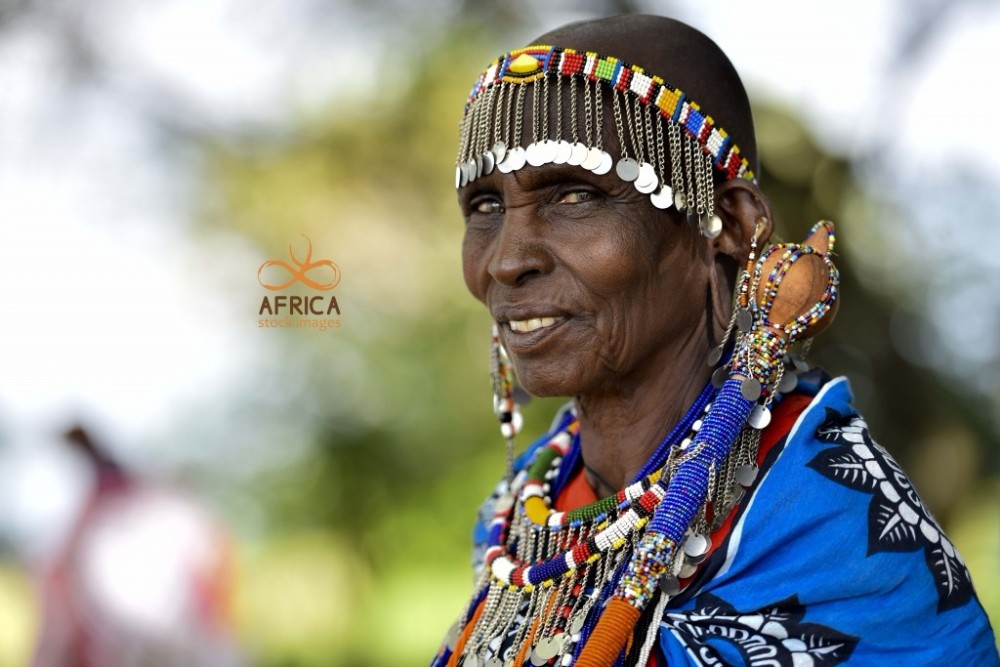
Very few communities in the country have been able to preserve their cultures over time, this has been greatly influenced by the changing world. The advancement in technologies and adoption of western culture has been some of the reasons.
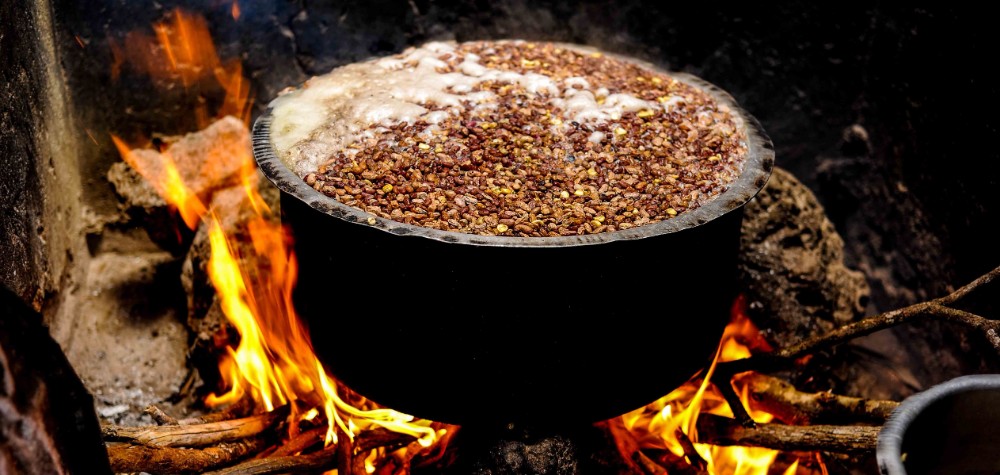
Our rich cultural heritage which was our pride and our identity in the olden days has no place in the modern society today. This is because every member of the society wants to be seen civilized and no longer outdated, something that has indeed brought a huge negative impact in our pursuit of sustaining our cultural practice.
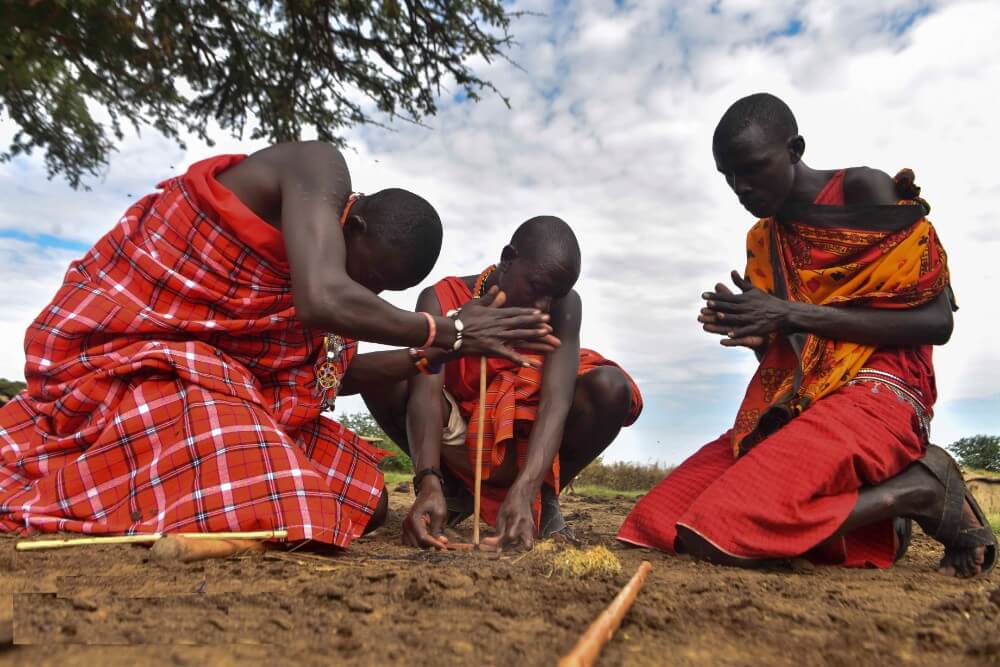
Most tourists love coastal Kenya not because of the warm sandy beaches offered by the ocean but due to the friendly nature of the coastal people. They have been taught how to handle and treat visitors of which going against it will be a serious offense. This has made them offer a friendly environment for visitors, something that is attributed to the rise in tourism activities.
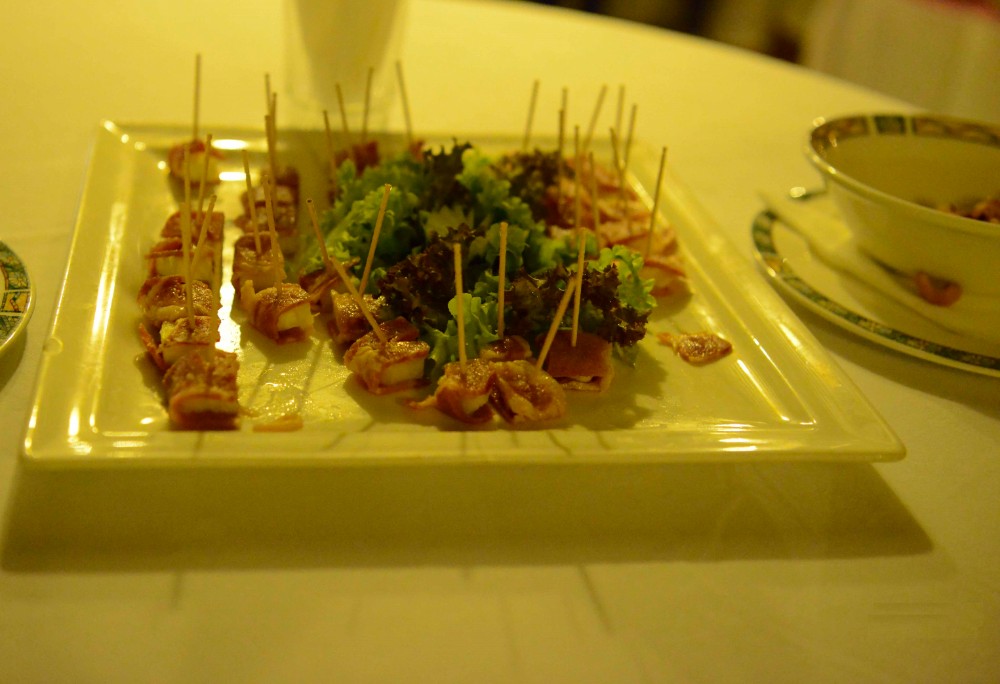
The traditional dances along the Kenyan coast are of great affection too. Traditionally, they used to put on mahando (a piece of cloth cut lengthwise in small strips), worn around the ladies waist.When they start to dance on these attires, it was indeed true that none would turn down a chance to join them. These dances attracted many tourists who came to see and learn more about our traditions. However, this has depreciated over time as now it is less considered in our communities nowadays.
Have you ever interacted with the Maasai of Kenya? The Maasai community is one of the very few communities that have upheld their cultural practices over time. From the mode of dressing to the type of food they take, all are traced back to their olden days. The different amazing clothes, African in origin, offers a good and wonderful point of view.
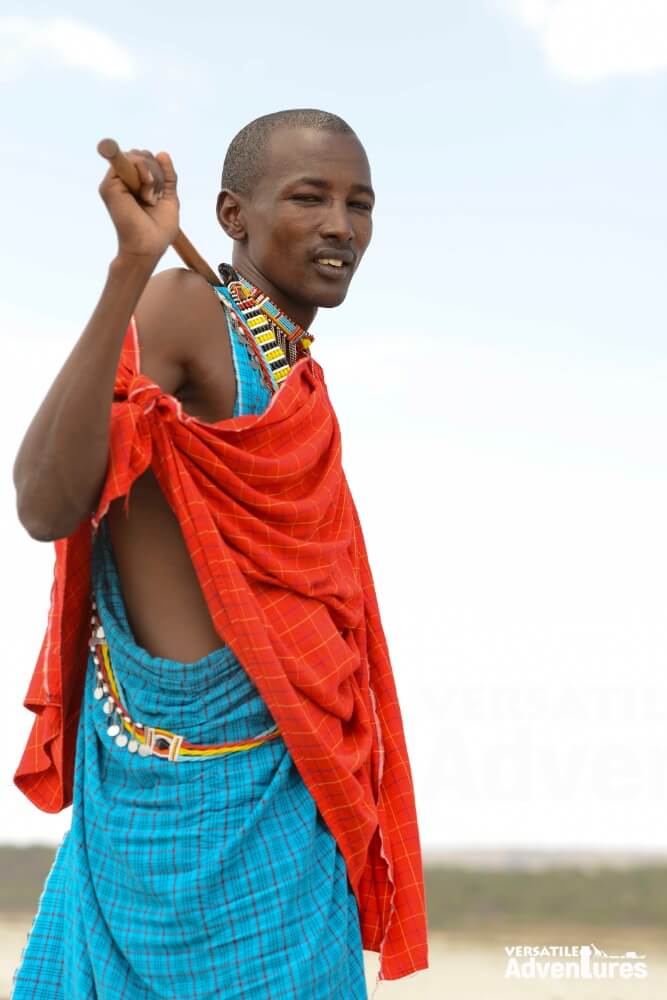
Apart from the dances, there are traditional foods. These traditional foods offer a great desire and love to outsiders and hence giving them the feeling of wanting to be part of these specific communities. This has seen many foreigners crossing the borders and adopting our ways to some buying land for settlement and some inter-marrying the local people giving rise to new tribes. The intermarriage between the coastal Bantu and Arab for example led to the rise of the Swahili tribe.
The cultural artifacts. Different communities used and to some still, carve these materials. They are beautiful to look at and offer a good scenic view. The Maasai community has been largely known for this. This cultural practice has been a great plus as many tourists visiting the country have been buying these carvings.
Generally, there’s need of preserving the positive cultural practices in our communities for them to an extent offer a good market for tourism thus promoting it. The desire of seeing and learning different cultural practices is promoting national pride for domestic tourism and stimulates an understanding and respect of other cultures too as well as promoting international cohesion. This makes the world a wonderful place to live in. Cultural practices and heritage have to be sustained as it is a primary promoter of tourism. Changing our negative ideologies and the way we look at our cultural practices is the best way out to sustain our culture.
Versatile Adventures is a Versatile Photographers initiative to create awareness for Wildlife, Conservation, Tourism and Culture through content development
#PhotographyForConservation
#PhotographyInTheWild
